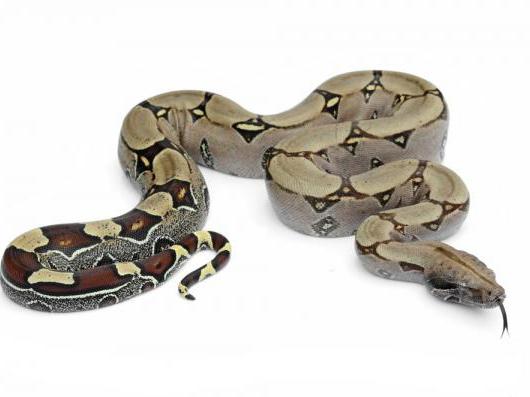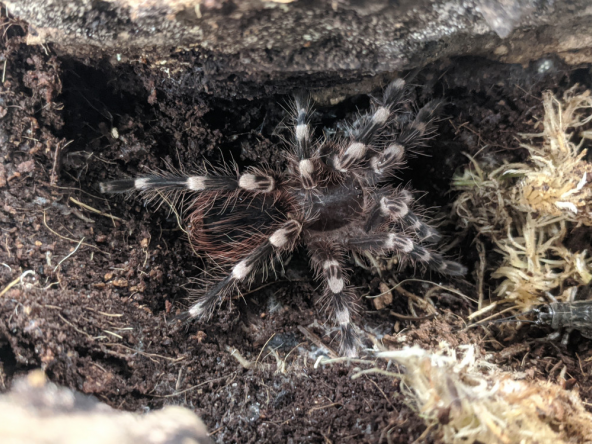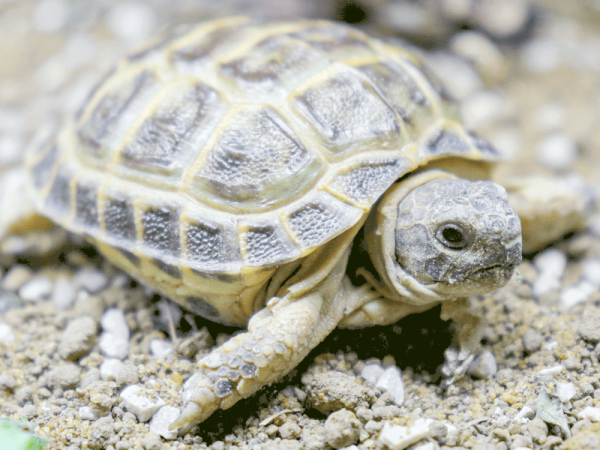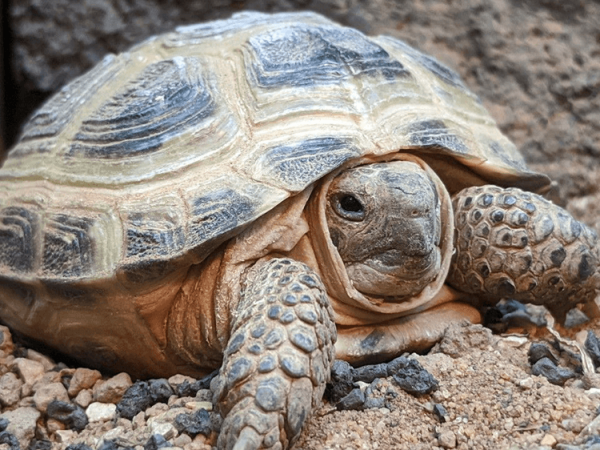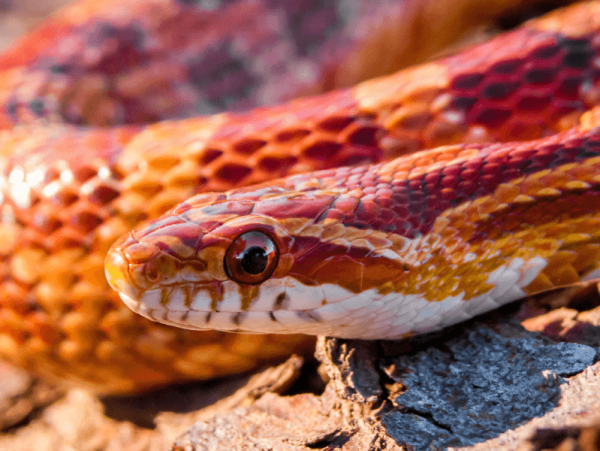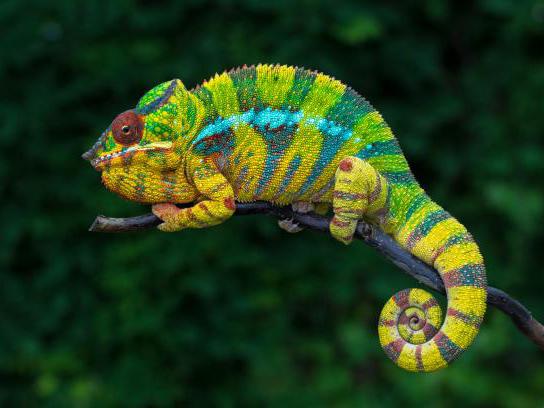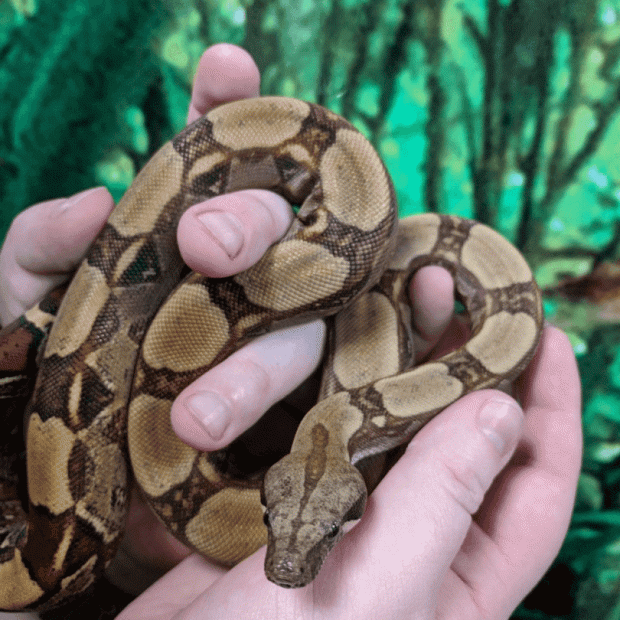Optional extras
Common boa, Boa constrictor imperator, care sheet
Categories: Care sheetsSnakes
The Common Boa is a large species of snake originating from Central and South America. They inhabit forest habitats and take on a semi-arboreal lifestyle - more so when they are young and diminishing with age and size. They can often be found amongst trees and vegetation as well as taking refuge in tree hollows or abandoned mammal burrows.
Though normally nocturnal/crepuscular, they can additionally be found taking advantage of daytime basking and feeding opportunities. They are typically a grey-tan in the majority of body colour with brown - burgundy patterns. Their tails are more prominent in colour and display more vivid yellow shades with red patterns outlined in black. In 'red-tail' boas, this feature is even more vivid, though commons are still an attractive species.
Housing
The first thing to consider for a snake so large is whether you have adequate space for the enclosure, not just as a youngster but into adulthood also. An adult boa can range in size, with some individuals remaining 6 - 7ft in length (such as smaller males) while others can reach 10ft and even have potential to exceed this. The enclosure should be designed around this and allow the snake to fully stretch out, thermo-regulate and get good quality exercise. If your boa reached 6 - 7ft a minimum of 6 x 3 x 3ft should be prepared for, whereas larger individuals would require a space of at least 8 x 3 x 3ft. Remember these sizes are minimum requirements and any extra space will be beneficial.
Decor
With such a large area, you will also need a large amount of decor to fill it. Anything used will need to be sturdy, so permanent fixtures are a good option - for example, branches screwed into the sides of the enclosure. Additionally, a variety of plants, logs, cork pieces and rock can make the area look more natural as well as provide great stimulation and exercise for your snake.
For a more stimulating habitat, you could also move this decor around every now and then. With 3ft of height, there is also a good opportunity for arboreal enrichment - which is a fantastic way for your snake to exercise and stretch even if arboreal behaviours diminish slightly with age. Substrate choices for your Boa could include soil or forest floor beddings, and for better humidity upkeep and aesthetics you could also include moss and leaf litter.
Heating and lighting
The Common Boa will require heating, which comes in the form of a basking bulb. Ceramic heat mats will not be sufficient for such a large and arboreal habitat. Any heat source will need attaching to the relevant thermostat, to ensure the safety of the animal and prevent overheating. A basking temperature of around 32C should be maintained during the day, with cooler areas around 22-25C - which will enable your snake to regulate properly.
Temperatures can be monitored with accurate digital thermometers. During the night, you can allow your vivarium to drop to around 15C - this mimicking the drop in temperature that would naturally occur in the wild. Common Boas would also naturally be exposed to UVB, and it is highly recommended that this included in your vivarium. UVB will promote better general health and well being as well as create a more natural setting for your snake. Arcadia's T5 6% bulb is a great place to start (though the strength of the bulb is always enclosure height dependent).
Any UVB will require replacing after around 6 - 12 months (lifespan bulb and brand dependent) as after this period, the UV will no longer be emitted sufficiently, even if it seems the bulb is still glowing. This bulb will be used in a 12-hour cycle, going off as the temperature drops to create suitable day/night periods.
Humidity
The Common Boa will need high humidity of about 60 - 70% - so a good substrate choice is important as well as misting and possibly the use of foggers. Mist according to the readings of an accurate digital hygrometer to ensure this humidity isn't exceeded, which can become detrimental to the snake. It is also very beneficial to provide a large water dish or pool area so that your snake can not only remain hydrated but can bathe sufficiently; a great benefit to the skin particularly during shedding. This dish will need cleaning frequently to prevent bacteria build-up and ensure your snake doesn't become ill.
The Common Boa is a carnivore and meals will come in the form of rats, guinea pigs, or small rabbits. Prey items will grow with your snake and so when young the main diet will be in the form of rats, mice and chicks - though stable meals should be rats. This is because your Boa is heavy-bodied and requires a lot of protein which can be found in rats over lower protein items such as mice or chicks - though they can still be a suitable change every now and then.
As your Boa grows into an adult, larger rats, guinea pigs or even small rabbits can be fed, although it is essential that the weekly feeding rota isn't continued. At this point - your Boa won’t need as much protein for growth and weekly feeding on large meals can cause obesity. A rota of every 2 - 4 weeks, depending on the meal, is far better at keeping your snake in weight.
Food should be defrosted and preferably warm before being provided to the snake on tweezers. Handling should then be avoided for at least 48 hours to reduce the risk of regurgitation.
Common Boa fact file
- Scientific name Boa constrictor imperator
- Adult Expected Size - 8 - 10ft
- Habitat - Forest habitats of Central and South America. Semi-arboreal living.
- Required Enclosure Size - 6 x 3 x 3ft - 8 x 3 x 3ft (6 - 7ft individuals in at least 6ft in length, 8 - 10ft in at least 8ft in length)
- UV Lighting - 2 - 3 UVI
- Expected Lifespan - 20 - 30 Years
- Temperature Gradient - 22 - 32C
- Humidity Levels - 60 - 70%
- Feeding - Carnivorous - frozen prey such as rats, guinea pigs, or small rabbits.
- Handling - Commonly tamed well but a large species so two-person handling is recommended. Handling to be avoided 48 hours after feeding and when shedding.
Jeremy Gay is an author, lifelong fishkeeper, and exotic pet specialist. He's a former editor of Practical Fishkeeping Magazine, UK editor at Reefbuilders, a former pet store manager, and has collected wildlife in Sri Lanka and the Amazon. He's been on tv and radio, contributed to Koi Carp and Gardeners World magazines, been a product tester, a judge, and a product developer.




